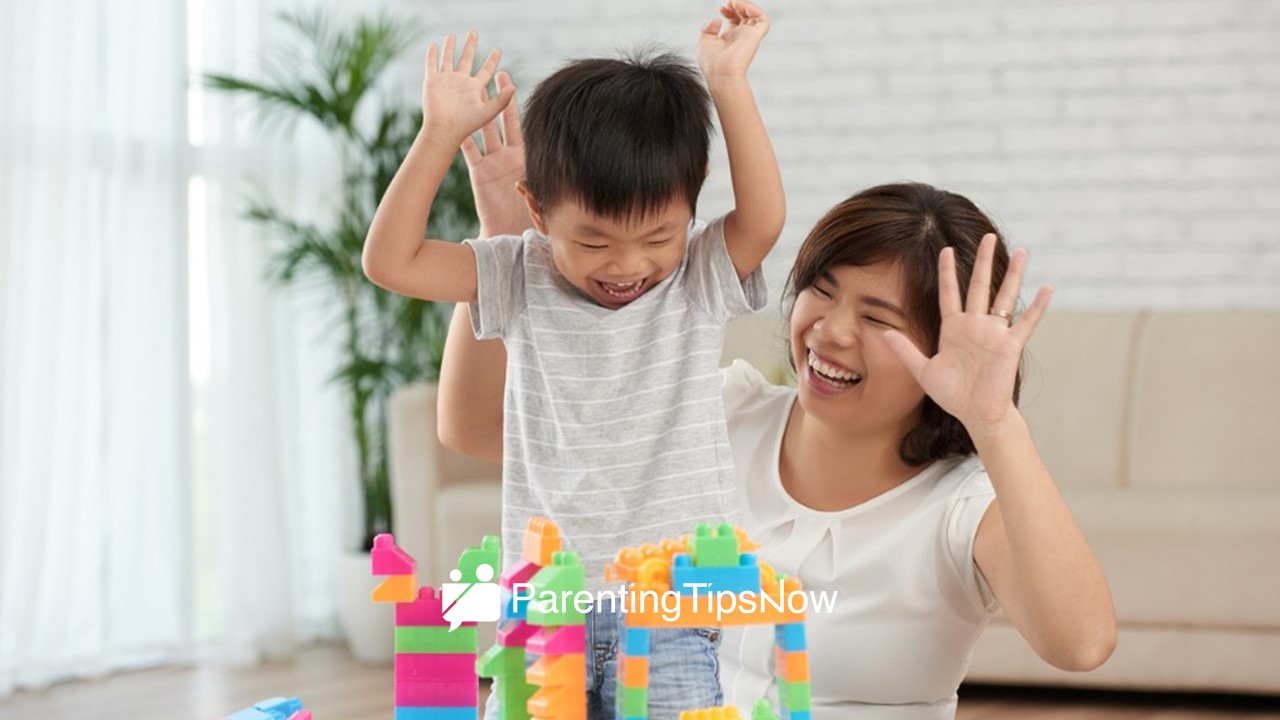Table of Contents
ToggleHave you ever stopped to consider how a toddler’s perception of reality is shaped by their spatial awareness? In the bustling streets of the Philippines, where every corner is a maze of colors and sounds, Filipino toddlers navigate a world filled with unique challenges and opportunities. From learning to dodge jeepneys weaving through traffic to mastering the art of balancing on narrow sidewalks, these young minds are constantly pushed to perceive and interact with their environment in ways that defy conventional understanding. Join us as we delve into 5 mind-blowing ways spatial awareness plays a pivotal role in shaping the worldview of Filipino toddlers, offering insights into how culture and surroundings influence cognitive development from an early age.
What is the Meaning of Spatial Awareness?
Spatial awareness is the cognitive ability to understand and be conscious of your surroundings in relation to yourself. It goes beyond just knowing where objects are placed; it involves a deeper sense of perception and orientation in space. In Filipino culture, spatial awareness plays a significant role in shaping how individuals navigate through their everyday lives, from intricate weaving patterns to the layout of traditional homes.
Moreover, spatial awareness influences how Filipinos interact with their environment, forming a unique perspective on reality. This heightened sensitivity to space allows for a profound connection between individuals and their surroundings, fostering a deep appreciation for the beauty and harmony found in nature and man-made structures alike. By understanding the meaning of spatial awareness, one can begin to unravel the complex web of cultural influences that shape Filipino teen’s perception of reality.
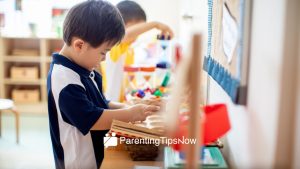
Exploring Spatial Awareness in Filipino Toddlers
In the vibrant world of Filipino toddlers, spatial awareness emerges as a profound yet often overlooked facet shaping their perception of reality. Through play and exploration, these young minds navigate physical environments with an innate sense of space and movement. Whether weaving through crowded markets or climbing towering trees, Filipino toddlers display a remarkable ability to adapt to varied spatial contexts.
Their understanding goes beyond mere observation; it delves into the realm of problem-solving and creativity. When faced with puzzles or building blocks, these toddlers showcase a keen sense of spatial relationships, manipulating objects in precise ways that hint at future mathematical prowess. This early development not only enhances their cognitive abilities but also nurtures a deep appreciation for their surroundings, fostering a strong bond with the physical world around them.
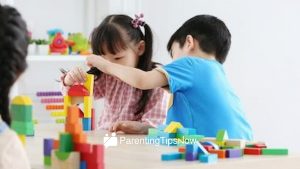
Overview: 5 Mind-Blowing Ways Spatial Awareness Shapes Filipino Toddler’s Perception of Reality!
Spatial awareness plays a crucial role in shaping the perception of reality for Filipino toddlers in ways that may surprise many. One fascinating aspect is how spatial skills are honed through traditional Filipino games like patintero and luksong tinik, which require children to navigate spaces efficiently. These activities not only promote physical development but also enhance cognitive abilities such as problem-solving and strategic thinking.
Furthermore, the layout of Filipino homes, often characterized by open spaces and communal living areas, influences how Filipino toddlers perceive interpersonal relationships and social dynamics. The close proximity of family members fosters a deeper understanding of personal boundaries and shared spaces from an early age. This unique spatial configuration instills values like respect for other’s privacy and the importance of harmonious coexistence within a community.
1. Spatial Awareness and Motor Skills Development
Spatial awareness and motor skill development play a crucial role in shaping a Filipino toddler’s perception of reality. By engaging in activities that require spatial awareness, such as building blocks or arranging puzzle pieces, toddlers develop an understanding of the relationships between objects in their environment. This helps them navigate the world around them more efficiently and promotes cognitive growth.
Furthermore, fine-tuning motor skills through activities like drawing, stacking toys, or playing with utensils not only enhances physical coordination but also boosts confidence and self-esteem in young children. As toddlers master simple movements and hand-eye coordination tasks, they gain a sense of independence and accomplishment, laying a strong foundation for future learning and problem-solving abilities. Encouraging these developmental milestones from an early age can significantly impact a child’s overall growth and cognitive development.

2. Cultural Influences on Spatial Perception
One fascinating aspect of cultural influences on spatial perception is how it impacts the way Filipino toddlers navigate their surroundings. In the Philippines, where extended family living arrangements are common, children grow up in environments with multiple generations intermingling. This dynamic spatial setting encourages a heightened sense of communal living and cooperation amongst toddlers, shaping their perception of personal space and boundaries differently than in individualistic cultures.
Moreover, the rich tapestry of Filipino traditions and festivals also plays a significant role in how toddlers perceive space. Festivals like Sinulog or Ati-Atihan often involve elaborate street performances and parades that fill every nook and cranny of urban spaces. These vibrant events immerse young children in a sensory overload which can enhance their spatial awareness through exposure to diverse movement patterns, colors, and sounds within shared public spaces.

3. Role of Language in Spatial Understanding
Language plays a crucial role in shaping our spatial understanding, especially during the formative years of childhood. For Filipino toddlers, language acts as a vehicle through which they interpret and navigate their physical environment. Through words like up, down, near, and far, children begin to construct mental maps of spatial relationships in the world around them. This linguistic framework lays the foundation for how toddlers interact with objects, people, and spaces.
Moreover, language not only labels physical attributes but also conveys cultural norms and societal expectations related to space. In Filipino culture, terms like tabi-tabi po (excuse me), used when passing by someone or something sacred, illustrate how language codes spatial awareness within social contexts. The interplay between language and spatial understanding is deeply rooted in cultural practices that shape the way children perceive boundaries, distances, and interpersonal relationships.
By internalizing linguistic cues embedded in their everyday interactions and routines, Filipino toddlers develop a unique cognitive map that reflects their cultural vantage point on space. Language acts as a bridge connecting abstract concepts of space to tangible experiences for young minds learning to make sense of their surroundings. Through this intricate dance between words and actions, Filipino toddlers embark on a journey of spatial exploration guided by the rich tapestry of language woven into their perception of reality.
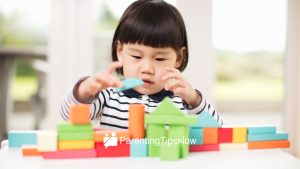
4. Impact of Technology on Spatial Awareness
The impact of technology on spatial awareness among Filipino toddlers is a topic that demands attention in today’s digital age. With the ubiquity of screens and devices, children are increasingly experiencing virtual environments that may alter their perception of physical space. Studies have shown that excessive screen time can affect a child’s ability to navigate and understand real-world spatial relationships.
Additionally, the rise of augmented reality (AR) and virtual reality (VR) experiences provides unique opportunities for children to engage with spatial concepts in immersive ways. While these technologies can enhance spatial understanding through interactive simulations, they also pose challenges in distinguishing between virtual and physical dimensions. As such, it is crucial for parents and educators to monitor and balance technology usage to ensure that children develop a well-rounded spatial awareness that integrates both digital and real-world experiences.
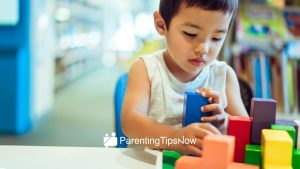
5. Connection Between Spatial Skills and Cognitive Development
Spatial skills play a crucial role in the cognitive development of young children, including Filipino toddlers. Research indicates that children with strong spatial awareness tend to perform better in tasks requiring problem-solving and critical thinking. By engaging in activities that involve spatial reasoning, such as puzzles and building blocks, toddlers are able to strengthen their cognitive abilities and enhance their overall mental acuity.
Moreover, the connection between spatial skills and cognitive development goes beyond just academic performance. It also influences a child’s creativity, imagination, and ability to think outside the box. For Filipino toddlers, honing their spatial awareness through play can lead to a more holistic understanding of the world around them and foster a deeper appreciation for different perspectives and dimensions. Understanding this intricate relationship can help parents and educators create innovative learning environments that cater to each child’s unique developmental needs.

Developmental Milestones in Spatial Awareness for Filipino Toddlers
As Filipino toddlers embark on their developmental journey, the acquisition of spatial awareness holds a pivotal role in shaping their perception of the world around them. From as early as six months, infants begin to grasp basic spatial concepts such as distance and depth, allowing them to navigate through their immediate environment with increasing confidence. This innate curiosity leads them to explore objects from various angles, fostering an understanding of spatial relationships crucial for later cognitive development.
By the age of two, Filipino toddlers exhibit remarkable progress in their spatial reasoning abilities, demonstrating a growing proficiency in tasks that involve matching shapes or completing puzzles. This newfound skill not only showcases their cognitive development but also lays the foundation for more complex problem-solving skills in the future. Through play and interaction with toys that promote spatial thinking, Filipino toddlers hone their mental rotation abilities and gain a deeper appreciation for the three-dimensional nature of objects around them.
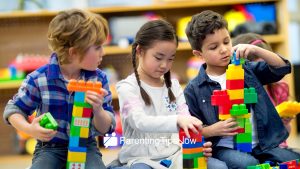
Factors Influencing Spatial Awareness in Filipino Toddlers
Spatial awareness in Filipino toddlers is significantly influenced by cultural factors such as the rich tradition of storytelling and close-knit family dynamics. The stories passed down from generations often involve intricate spatial relationships, fostering a deep understanding of the environment from an early age. Additionally, the practice of communal living in many Filipino households encourages children to navigate shared spaces with sensitivity and respect for others’ boundaries.
Furthermore, exposure to diverse landscapes in the Philippines, ranging from bustling urban centers to serene natural environments, plays a crucial role in shaping toddlers’ spatial cognition. Exploring these contrasting settings allows young minds to develop a versatile understanding of spatial relationships and adapt their perception of reality according to different contexts. This dynamic interplay between cultural influences and environmental stimuli creates a unique foundation for Filipino toddlers’ spatial awareness that sets them apart on a global scale.

Strategies to Promote Spatial Awareness in Filipino Toddlers
To promote spatial awareness in Filipino toddlers, incorporating interactive games and activities into daily routines can be highly effective. Encouraging children to build structures with blocks, play with puzzles, or engage in activities that involve positioning objects in space will help develop their understanding of shapes, sizes, and distances. Additionally, outdoor play can also enhance spatial skills by allowing children to navigate different terrains and environments.
Furthermore, storytelling can also play a significant role in enhancing spatial awareness. Using language to describe locations, directions, and movements during storytelling sessions can help toddlers visualize and understand spatial concepts better. Creating a rich sensory experience through tactile materials or incorporating visual aids like maps or diagrams can further reinforce these cognitive connections within the young minds of Filipino toddlers. By combining various strategies that cater to different learning styles, parents and caregivers can effectively nurture spatial awareness in their children from a young age.

Common Challenges in Toddler’s Spatial Awareness and How to Address Them
One common challenge in toddlers’ spatial awareness is their limited coordination skills, which can lead to difficulties in navigating through physical spaces. This may result in accidental collisions or mishaps when trying to interact with objects or other individuals. To address this, providing ample opportunities for engaging in activities that promote balance and coordination, such as crawling through tunnels or walking on balancing beams, can help improve their spatial understanding and motor skills.
Another challenge is the misconception of proportions and distances among toddlers, leading to struggles with gauging how much force is needed for certain actions. Encouraging activities that involve stacking blocks or arranging objects by size can aid in developing their sense of scale and perception of space. Moreover, practicing simple tasks like pouring water into different-sized containers fosters a better understanding of volume and distance relationships. By offering hands-on experiences that allow toddlers to explore spatial concepts in a playful manner, parents and caregivers can support the development of their spatial awareness skills effectively.

Summing Up: The Meaning of Spatial Awareness
In conclusion, spatial awareness is more than just knowing where objects are in relation to oneself; it is a dynamic cognitive ability that shapes our perception of reality from early childhood. Through constantly interacting with their physical environments, Filipino toddlers develop a keen sense of spatial awareness that influences how they navigate and understand the world around them. This understanding goes beyond simply recognizing shapes and sizes; it also helps them make predictions about movement, distance, and even social interactions.
Moreover, spatial awareness plays a crucial role in developing essential motor skills and fostering creativity. By mastering spatial relationships, Filipino toddlers can enhance their problem-solving abilities and excel in tasks that require visual-spatial reasoning. This highlights the importance of providing young children with ample opportunities to engage in activities that stimulate their spatial awareness, such as building blocks or puzzles. Ultimately, nurturing this skill not only enriches their cognitive development but also empowers them to explore and interact with the world in meaningful ways.


